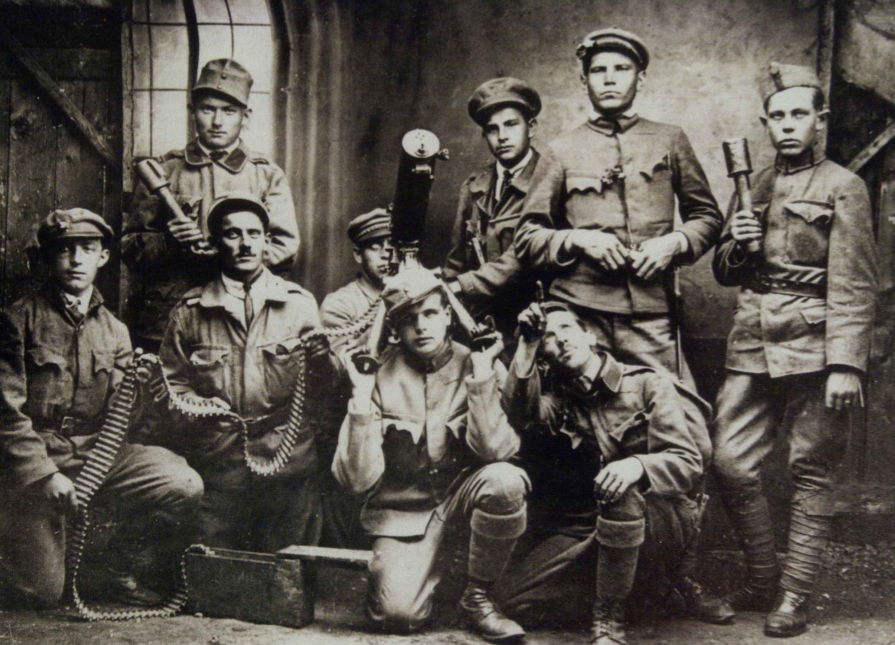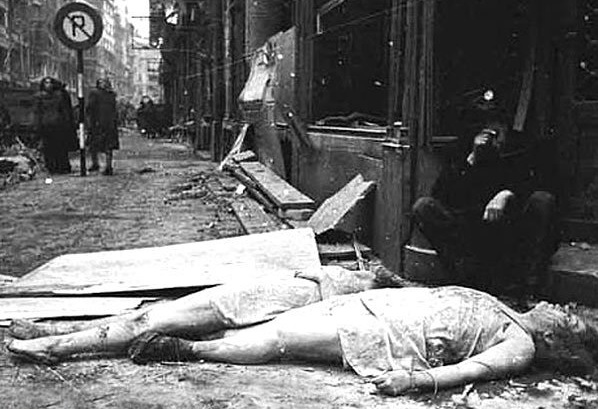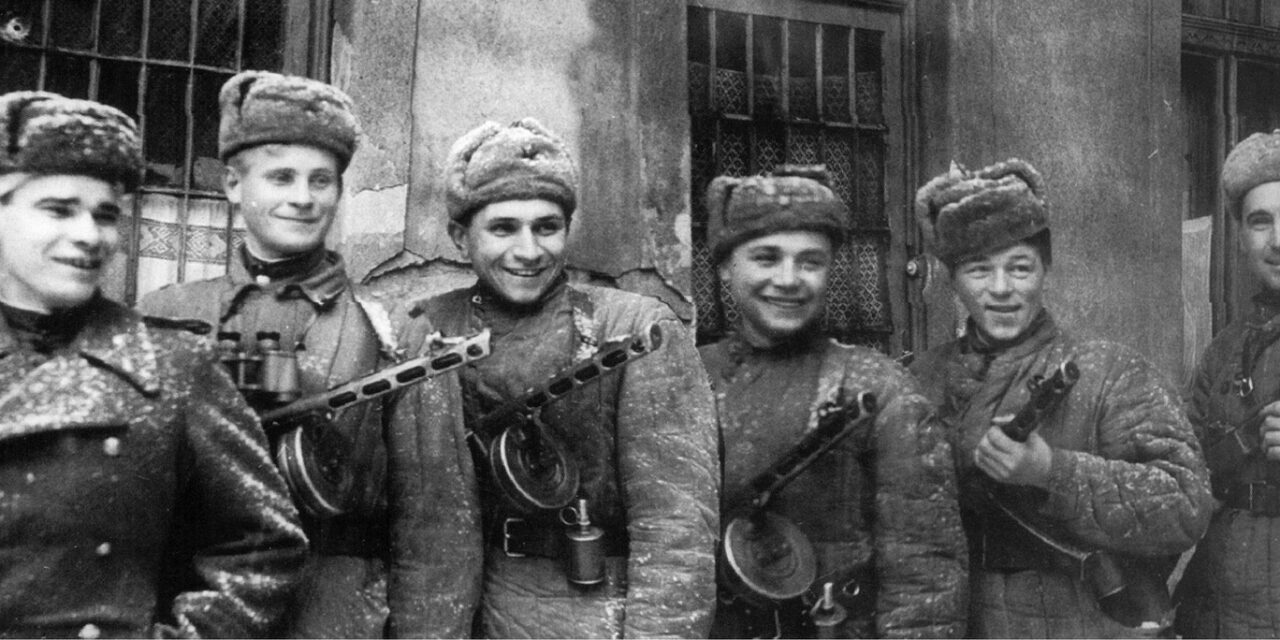The work of the Civil Justice Committee, founded by CÖF-CÖKA, basically involves the presentation of crimes committed during communism that have not yet been investigated and thus remained without consequences. Zsolt Zétényi's study is about the rampage of communist terror and the victims of communists.
Victims of the Red Terror of the Hungarian Council Republic of 1919.
Crown prosecutor Albert Váry's research and report.
"It was then that people were shot into the Danube for the first time in Hungary, and the white terror continued the method of waterboarding. Albert Váry listed 590 murders in his book Victims of the Red Rule in Hungary. The nationwide retaliatory actions of the Red Terror shocked Hungarian society, and the vast majority of Hungarians considered the executions to be murders.
The most important starting point is Albert Váry's work entitled "Victims of Red Rule in Hungary" published in 1922. Váry was deputy crown prosecutor in 1919, and he represented the prosecution against most communist leaders during the proceedings conducted after the fall of the Soviet Republic, so he could have known most of the data related to the issue. In his mentioned work, he reported a total of 590 deaths. (It should be noted that this compilation is also incomplete, as it lacks, for example, data on annexed areas.)
According to recent literature, Váry's list needs to be clarified, as his list includes, among other things, persons killed for committing a crime under common law, for personal revenge or for refusing military orders. The latest historical researches ( Gergely Bödők ) determine the number of executed victims of the Red Terror at roughly 365, and put the number of those who died in clashes with the Red Guard, one of the terrorist units or other armed groups at around 110.

Red terrorist boys - Lenin boys
Nevertheless, without knowing the documentary basis of these latest analyses, we consider Váry's compilation to be the guiding principle, if not error-free. The expertise of the author is unquestionable, and it can be ruled out that superficiality or the failure to carefully study the documents would have caused the aforementioned higher number of victims. It is more likely that Váry took into account other aspects than the contemporary authors, so for example a victim of a fight with a terrorist unit can be classified and mentioned among the victims of the red rule without any worries. In the foreword of Váry's work, he states that the compilation does not include those murdered in the separated areas, nor those who committed suicide in their despair or later died due to the abuse and detention they suffered. those who were executed in the bosom of the Red Army or who were killed by counter-revolutionaries in counter-revolutionary battles.
Compared to the list of victims compiled at the beginning of the 1920s, quite a few new names have become known, which were probably collected by the "Committee for compiling the list of the National Martyrs of the Nation 1918-1919". This collection and its documentation can no longer be found. The list of settlements on the monument was expanded in 1942. As early as 1936, villages that fell outside the Trianon border were surveyed, so many victims of atrocities committed in the southern part of the Highlands were included. The II. however, in the eastern parts of the country that were rejoined following the Vienna decision, a comprehensive investigation was initiated in order to identify additional martyrs, as a result of which the names of approximately twenty additional settlements and fifty new martyrs were engraved on the narrow, concave surfaces connecting the Hungária-shaped side of the monument and the short sides.
The number of victims of the Red regime can be determined between 590 and 365. To this must be added the 50 Transylvanian names accepted by the memorial committee for the memorial and the names of the Hungarians killed in the southern part of the Highlands.
Hungarian victims of the Red Army of the Soviet Union during and after World War II. Siege of Budapest 1944-1945.
According to estimates, the Hungarian-German military loss in the siege of Budapest was 48,000 dead, 26,000 wounded, and 51,000 prisoners of war. This meant a total loss of 125,000, compared to the Soviet-Romanian loss of 280,000, of which 70,000 were dead. The loss of the population in terms of deaths can be put at 38,000 people. Among the civilian victims, the number of the population taken as prisoners of war by the Soviets is estimated at 50,000, while the number of Hungarian soldiers taken as prisoners of war is estimated by the historian dealing with that era at 40,000.
Abduction of the civilian population
The commander of the 2nd Ukrainian Front, Marshal Malinovsky, could only justify (their losses - ed.) to Stalin by reporting that German-Hungarian enemy forces were much larger than the real ones. The actual approx. Instead of 79,000 people, he reported an enemy force of 180,000-200,000 people in his reports. However, according to estimates, no more than 40,000 prisoners of war could be taken. Malinovskij filled in the discrepancy between the two data with persons captured from the civilian population, a significant part of whom paid for this with their lives for the transportation and in the harsh conditions of the prison camp.
War penalties
A number of eyewitnesses reported on the killing of prisoners of war. All of this cannot be explained by the necessity of war in the vast majority of cases: the hardened, often intoxicated soldiers exercised their instinct to kill, and most of their officers had more to do with minor matters than disciplining their subordinates. In the archives of the Red Cross and the German War Memorial Association, the number of cases documenting the execution of prisoners of war is endless. The number of executed prisoner of war victims in Hungary can be in the thousands or even tens of thousands.
The dishonor of Hungarian women left the deepest mark on Hungarian public thinking
Since it was not allowed to talk about this issue officially at the time, nor was it possible for decades afterwards, we do not have accurate figures regarding the number of raped women. Andrea Pető, the estimates for Budapest vary between 50,000 and 200,000 cases. What was this number nationally? The figures are based on data from sexually transmitted disease nurses, medical officers, abortions and parallels from better-documented German and Austrian cases. It is certain that the phenomenon took on quite massive proportions, especially in the places that the Red Army occupied at the cost of great battles. Budapest was also like this, it is assumed that most of the rapes in the country took place here. It often happened that a woman was raped several times. Very young girls and very old women were not spared either.

Rape and murder (Photo: Soviet war photographer Yevgeny Khaldei)
There were more rapes in Hungary than in neighboring countries
In many cases, the dishonor of women was also connected with murder for nefarious reasons,
, who also committed robbery at the scene of the violence, even in the case of the slightest resistance If the raping soldier was killed, mass retaliation followed. Just as in other villages and towns of the country, looting, cruelty, violence and executions became permanent in the Transdanubia settlements. Almost every day there was a funeral, and in many cases the priest entered the true cause of death in the death register: He died a heroic death in defense of his wife.. His daughter died a heroic death in defense of him... He died a heroic death in defense of his sister.
Killing representatives of churches
The house histories of the Catholic parishes per parish recorded the crimes committed against church people and Christians, which were not collected, processed, and systematized until today. Catholic literature reports the martyrdom of about 50 Catholic priests by the invaders. The occupying Soviets killed many priests who protested in defense of women, such as János Gáspár parish priest from Iszkaszentgyörgy Kornél Hummel , religious teacher from Budapest, István Ruppert . (The best-known martyr is Bishop Vilmos Apor from Győr, who was murdered by a Soviet soldier who wanted to rape women - ed.)
We also know that, according to records, 35 Catholic priests fell victim to the genocide that hit Southern Hungary - and Germans - in the fall of 1944. In his memoirs, Prince Primate Mindszenty writes that "At the episcopal conference in May 1945, it became known that in various parts of the country, at least 50 priests became victims of the war and the dorbezization of the victorious soldiers in various parts of the country. In the hospital in Pápa alone, thousands of girls and women were cured of Asian dysentery, many of them went crazy or committed suicide."
(to be continued)
Author: lawyer Zsolt Zétényi
(Header image: Fortepan)












